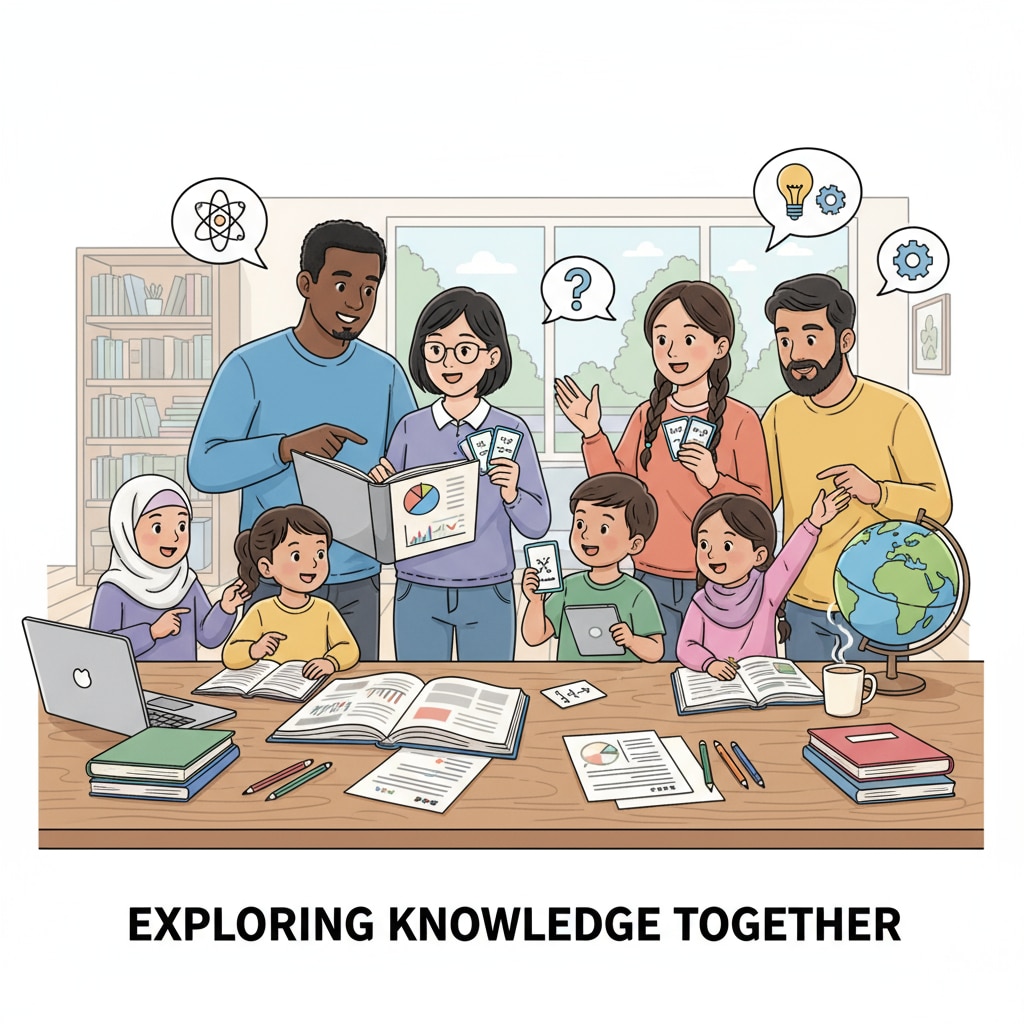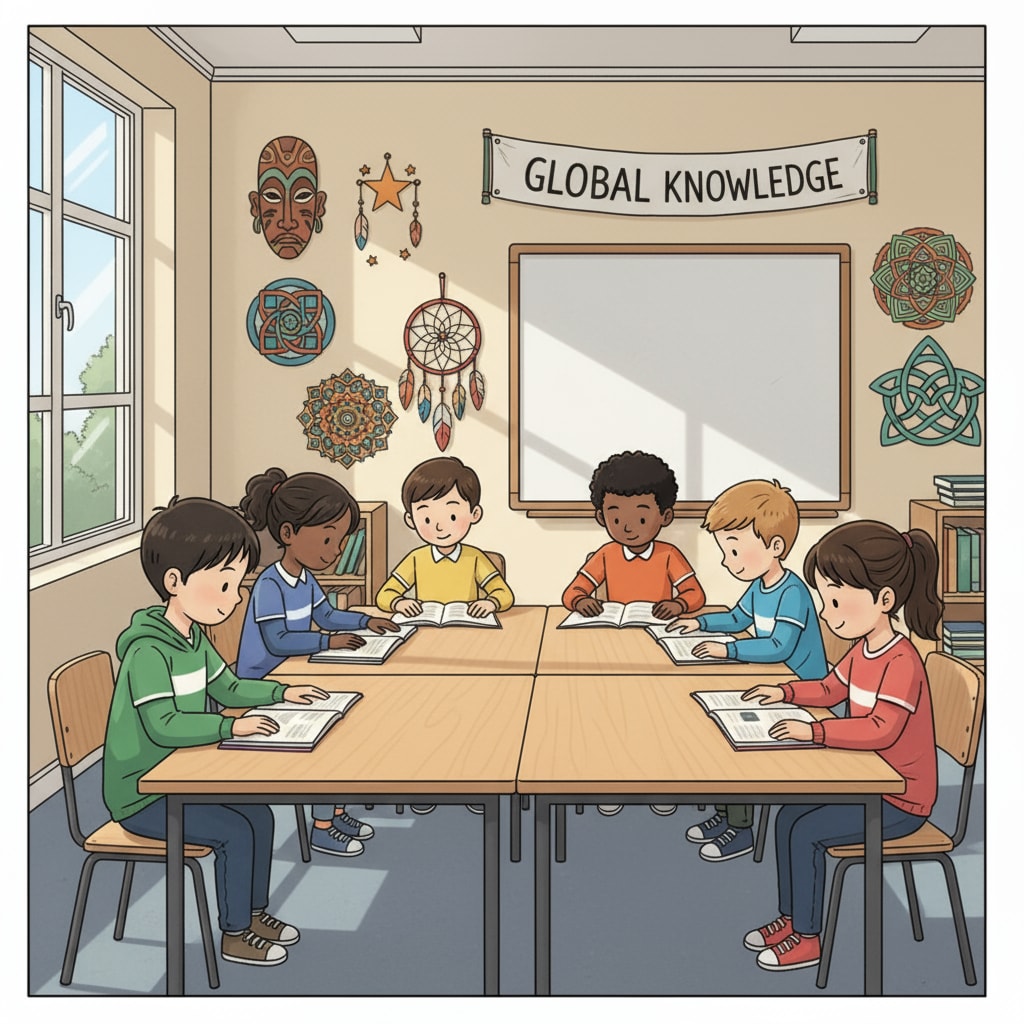In the realm of education, the relationship between non-white parents’ educational investment and curriculum design is a crucial aspect that demands in-depth exploration. As the educational landscape becomes more diverse, understanding this connection is vital for creating an inclusive learning environment.

The Cultural Divide in Educational Investment and Curriculum
Non-white parents often bring unique cultural values and educational beliefs to the table when investing in their children’s education. However, the mainstream K12 curriculum may not fully align with these perspectives. For example, many non-white cultures place a strong emphasis on community and family in education, which might not be reflected in the individualistic nature of some curriculum models. This cultural divide can lead to a sense of disconnection between what parents expect and what the curriculum offers. As a result, students may not receive the full support they need to thrive academically. Cultural Responsiveness in Education on Wikipedia

Culturally Responsive Teaching as a Solution
Culturally responsive teaching is an effective approach to bridge the gap between non-white parents’ educational investment and the curriculum. This method involves integrating diverse cultural perspectives into the teaching process. Teachers can use materials and examples that resonate with different cultural backgrounds, making the learning experience more relatable for students. By doing so, it not only enhances students’ engagement but also validates the cultural values that non-white parents hold dear. For instance, in literature classes, including works from various ethnic groups can expose students to different worldviews. In addition, it helps build a sense of identity and pride among non-white students. Multicultural Education on Britannica
Another important aspect is the establishment of new models of home-school cooperation. Non-white parents should be actively involved in curriculum design and decision-making processes. Schools can organize regular meetings and workshops to gather parents’ input, ensuring that the curriculum reflects their educational goals. This collaborative effort can strengthen the bond between home and school, leading to better educational outcomes for students. Moreover, it shows respect for the cultural knowledge and experiences that non-white parents bring.
Finally, fair distribution of resources is essential. All students, regardless of their ethnic background, should have equal access to quality educational resources. This includes textbooks, technology, and extracurricular activities. By ensuring resource equity, it levels the playing field and enables non-white students to fully participate in the educational journey. In conclusion, addressing the relationship between non-white parents’ educational investment and curriculum design is key to creating a more inclusive and effective educational ecosystem.
Readability guidance: Short paragraphs and lists are used to summarize key points. Each H2 section provides a list when possible. The proportion of passive voice and long sentences is controlled, and transition words are scattered throughout the text.


